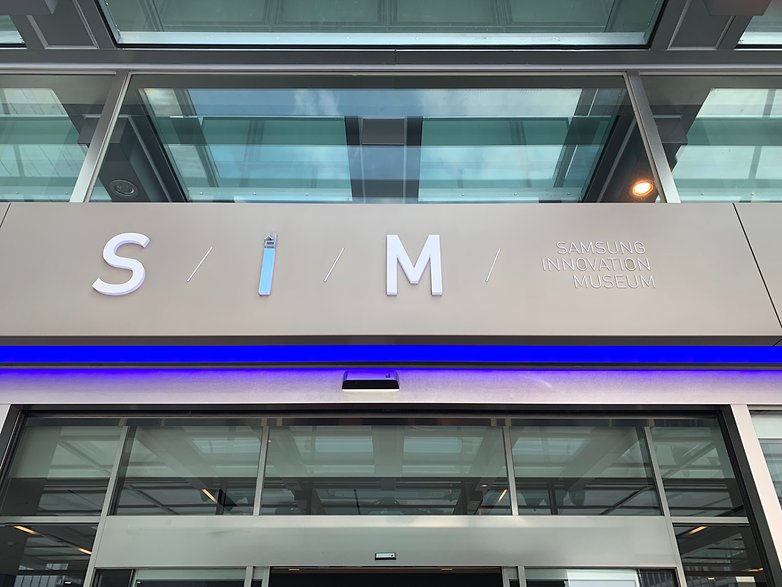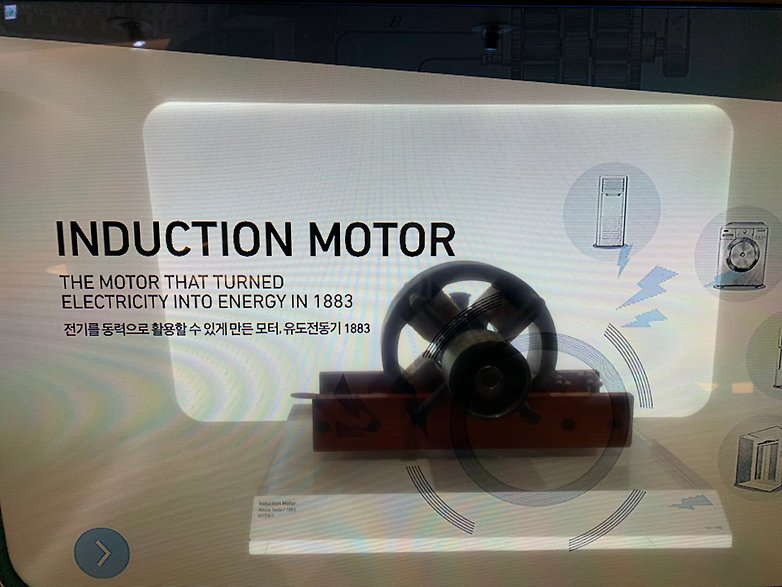Inside Samsung: new openness and innovation (Part 2)

Asian companies, in particular, seem to be a bit reserved when communicating with external parties. Most communicate only what the manager would gladly read in the press later. No more, no less. A bit like FC Bayern Munich in its current state – and I say that as a long-time FCB fan (soon-to-be former fan). That’s why Samsung surprised me on this trip. Most of the time, anyway. They demonstrated a new openness, which I had not experienced before.

Our Samsung tour starts – symbolically – at the Samsung Innovation Museum – SIM, in short. The name, which instantly made me think of smartphones, was probably not chosen by chance. We saw some semiconductors and many smartphones by the end of the tour.
I must confess: when I was holding and studying the printed tour program in my hand for the first time, while still at home in Berlin, my attention was immediately grabbed by SIM. “Oh, God, a brainwashing tour,” I thought to myself. For me, these are the typical events where the company tries to convince me and my colleagues how unique they are. But also, of course, how great and superior their products are. Such a tour usually precedes a press event – probably in the hopes of conditioning us journalists to present the company and its future in the most positive light.
That’s what I’m allergic to. I do not want to be manipulated and I want to freely report my own impressions. This is why I was pleasantly surprised by the tour.
And in the beginning, there was the light
The timeline of innovations at the SIM begins with the discovery of electricity. In a specially constructed pavilions with organic shapes we get to see a vivid, short video – how people discovered current and then made it usable.
And so we go from pavilion to pavilion – seeing a different milestone at each. The invention of radio and TV; we see the effects of technology on people and society – industrialization and growing prosperity. Even if the negative consequences of such progress were excluded here, it was very easy to understand why the discoveries presented were of great importance for the whole of mankind. And they are. It was astonishing to me that Samsung didn’t play a role in all films and presentations – and of course couldn’t either. The company simply did not exist at the time. Rather, the exhibition can be seen as a tribute to the pioneers – many of the exhibits also featured companies that are certainly Samsung competitors – Siemens, Miele, Bosch, Philips or even Sony.

Samsung: innovation at the display front
Of course, there also were Samsung innovation exhibits to see – mostly screens. One notices that South Korea is particularly proud of its achievements in display technology. And should be, too.
Samsung has done a great deal, especially for OLED technology. I have to admit that I was particularly gripped by the evolution of screens. There also were some exhibits in the museum that I can still remember from my childhood. For example, a Sony TV set, which I had in my own home. I remember how great I found the picture when the device flickered in my parents’ living room in the 90s. If you look at Samsung’s new Curved Display next to it, you can see what 20 years mean in technological development – what used to be outstanding yesterday is now almost obsolete today.
Nowadays, Samsung is represented on almost all fronts. Whether it is displays, semiconductors, batteries or memory – there is almost nothing that Samsung does not manufacture itself. Not for nothing – the company is one of, if not the largest electronics group in the world.
Innovations are often evolutions. Samsung apparently seeks the former and has something up their sleeve
The distinction between evolution and innovation is difficult – especially when you seek to impress. What Samsung is trying to do this cannot, of course, be blamed on them. Nevertheless, during my three days it was difficult for me to acknowledge some innovations as such. A larger display or rounded corners are certainly a breakthrough from the developers’ point of view, but for me it’s more of an evolution.
I ask: Are smartphones still innovative? Like a broken record, I got the same answer from almost all interviewees I met on my journey: “We listen to our customers and develop according to their wishes”. Oh come on, guys – honestly?! “Well, okay. It’s really difficult at the moment. The competition has increased and consumers no longer perceive everything new that comes out as innovation. It costs us and our engineers time and effort”. That sounds much more honest and closer to the truth and it’s what I heard from an employee outside the official appointments. I can understand it very well.
After this journey, there is no doubt in my mind that Samsung is working on innovations for the future and it’s only a matter of time before they arrive. This is exactly what the third part of “Inside Samsung” will cover and which you can expect to read here soon.
